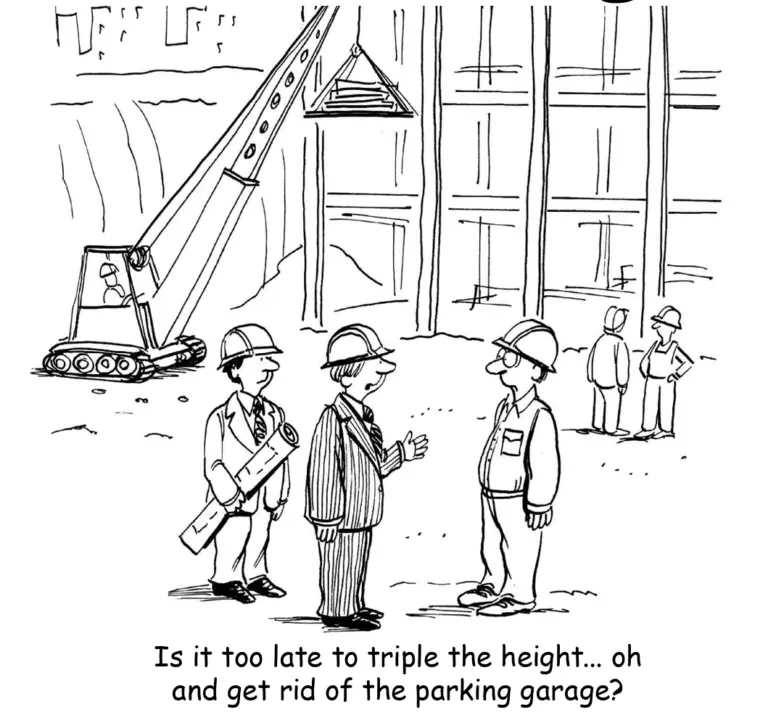By MPO Sean Beattie
The following is an adaptation of MPO Beattie’s response to a recent report in a separate media outlet.
There is no such thing as a “deadly” or “dangerous” road. Roads do not inherently cause fatal crashes. When a fatal incident occurs, it is nearly always the result of one of the following: a driver not obeying traffic laws, a vehicle that is improperly maintained, or a medical event affecting the driver. In rare instances, such as a falling tree struck by lightning, external and unavoidable factors are at play. But these are exceptions — not the rule.
Labeling roads as “deadly” misplaces the responsibility. If a roadway were truly engineered in a way that made it intrinsically dangerous, it would require redesign and reconstruction. Fortunately, Greenwich maintains a robust infrastructure program focused on continual evaluation and improvement of our roadways.
Greenwich Avenue, Delavan Avenue, Sound Beach Avenue, and East Putnam Avenue all share a common characteristic: they are the central business districts of their respective hamlets within the Town of Greenwich. As such, they are among the most densely populated areas in town, with heavy pedestrian traffic, parking activity, and increased vehicle flow throughout the day. Although these roads do have high crash rates, an overwhelming majority are non-injury, property damage-only collisions, mainly caused by heavy congestion and parking activity.
Since 2019, there have been zero reported fatal crashes on Greenwich Avenue and Delavan Avenue, and only one fatal crash each on Sound Beach Avenue and East Putnam Avenue. These figures do not support a narrative of these roads being inherently “deadly.”
• In November 2019, a pedestrian was killed in a motor vehicle crash on Sound Beach Ave. when a vehicle committed a traffic violation and failed to yield to the pedestrian in the crosswalk.
• In January 2020, a pedestrian was killed on Milbank Ave. when they committed a traffic violation and failed to cross the street in a crosswalk. Several weeks later, another pedestrian was killed in a motor vehicle crash on Hamilton Ave. when they also failed to utilize a crosswalk and improperly crossed the roadway.
• In February 2020, a motorist was killed in a motor vehicle crash when they were exceeding the speed limit on the Post Rd. and failed to negotiate a curve in the roadway.
• In January 2021, a motorist was killed on East Elm St. in a motor vehicle crash when they were traveling more than double the speed limit and struck a building.
• In July 2021, a motorist was killed on Lake Ave. in a single vehicle motor vehicle crash when they were traveling more than double the speed limit, were under the influence of liquor, and failed to negotiate a curve in the roadway.
• In September 2021, a motorist was killed on East Putnam Ave. in a single vehicle motor vehicle crash when they were engaged in a street racing incident.
• In March 2023, a pedestrian was killed in a motor vehicle crash when the motorist suffered a medical emergency causing her to leave the roadway and strike the pedestrian.
• In September 2023, an elderly passenger in a motor vehicle was killed when the driver failed to maintain their lane and struck a utility pole off the roadway.
• In January 2025, a pedestrian was killed in a motor vehicle crash when they were walking in the roadway and were struck by a vehicle.
• In February 2025, a pedestrian was killed in a motor vehicle crash when they were struck by a motorist who had engaged the gas instead of the brake, causing a rapid unsafe movement of the vehicle.
Crashes in these congested areas can typically occur around noon. Noon is when many in our community — including local residents, corporate employees, and visitors — are on the road heading to or from lunch. During this window, the population and vehicular traffic in town increase significantly, which naturally raises the risk for collisions.
Additionally, data indicating that teenagers and elderly individuals are involved in more than half of these incidents is consistent with national trends. Teen drivers often lack experience, while older drivers may face age-related declines in reflexes, vision, and mobility. These are critical factors that influence driving performance and crash risk.
In closing, it is vital that conversations around traffic safety remain focused on root causes — human behavior, vehicle condition, and health-related factors — not on assigning blame to the infrastructure itself. The Greenwich Police Department actively participates in the Strategic Traffic Enforcement Program (STEP), a data-driven initiative designed to address specific traffic safety concerns such as speeding, impaired driving, and seatbelt violations. This program enables law enforcement to deploy targeted, highvisibility enforcement tactics — such as saturation patrols, checkpoints, and concentrated patrol “waves” — in areas with a history of frequent crashes or traffic violations. These focused efforts not only deter dangerous driving behaviors but also raise public awareness about traffic safety. In addition to local enforcement, Greenwich Police regularly collaborate with outside agencies, including Connecticut DMV inspectors, to address equipment violations and conduct thorough inspections of commercial motor vehicles, ensuring both compliance and safety on our roads.
Understanding this distinction allows for better policy, better education, and ultimately, safer outcomes for everyone on the road.
The Greenwich Police persistently collaborate with other town departments, police agencies, and private entities to work towards understanding and improving traffic matters. We look forward to reviewing the final report by the Safe Streets for All grant program.




